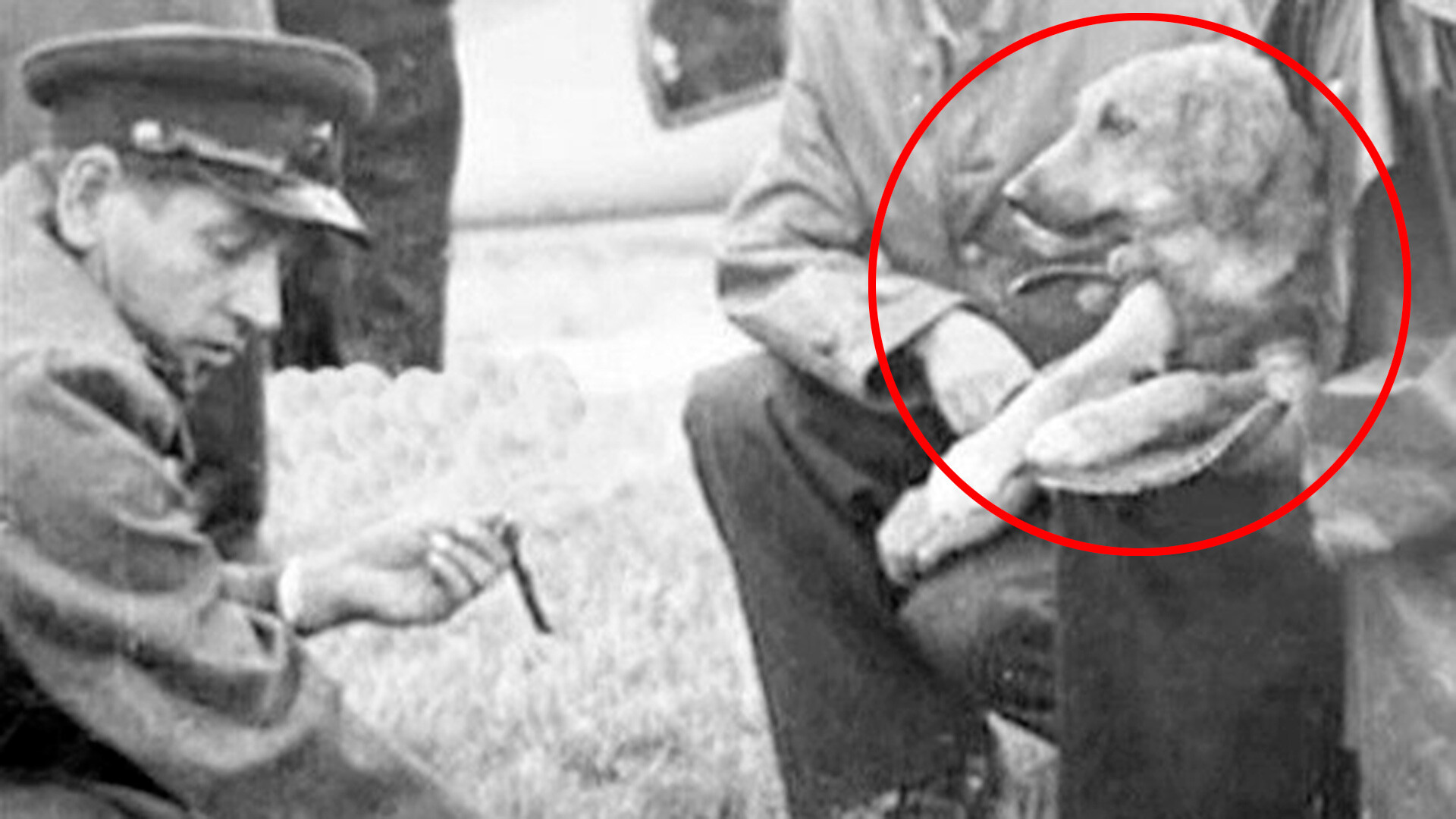
This story happened on September 3, 1951, in Astrakhan Region. At the Kapustin Yar test site, scientists were preparing for an experimental launch of dogs into the upper atmosphere - already the sixth in a row.
This time, a couple was supposed to fly - mongrels Neputevy and Rozhok. The dogs were selected with perfect health and a strong psyche, as well as psychologically compatible with each other.
The day before the flight, the animals were checked again. However, in the morning, disaster struck - Rozhok had disappeared from the locked cage!
There was no time to bring a new trained dog from Moscow, but there was also no talk of canceling the tests.
Then, someone suggested taking the puppy hanging around the canteen on the flight. The mongrel was caught, washed, trimmed, put on the necessary sensors and placed in the apparatus. Surprisingly, it behaved completely calm throughout all this.
The rocket took off to a height of 100 km, after which the engines switched off and the warhead with the animals in it shot off and began to fall to the Earth. It successfully descended the last seven kilometers by parachute.
Chief designer of rocket technology Sergei Korolev was very surprised to see an unfamiliar animal in the device - no one had dared to tell him about the last minute substitution. At the same time, he was very happy: “You see! At this rate, our ships will soon be carrying people on vacation.”
The test puppy was called ‘ZIB’ (Russian: ‘ЗИБ’) - "Substitute for the missing Bobik." In his report to the management, Korolev deciphered the abbreviation differently - "Spare researcher without training."
‘ZIB’ did not participate in any further flights. Academician Anatoly Blagonravov adopted the animal and took it home with him.
If using any of Russia Beyond's content, partly or in full, always provide an active hyperlink to the original material.
Subscribe
to our newsletter!
Get the week's best stories straight to your inbox